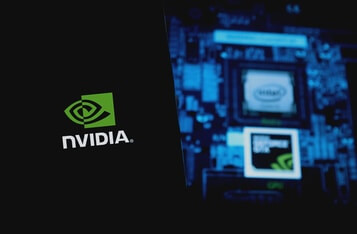Stanford's MUSK AI Model Revolutionizes Cancer Diagnosis and Treatment
Researchers at Stanford University have unveiled a groundbreaking AI model named MUSK (Multimodal transformer with Unified maSKed modeling) that aims to streamline cancer diagnostics and personalize treatment plans. This innovative model is set to advance precision oncology by tailoring treatment plans based on unique patient data, as reported by NVIDIA.
Integrating Multimodal Data
MUSK utilizes a two-step multimodal transformer model to process both clinical text data and pathology images. This approach allows the model to identify patterns that might not be immediately detectable to medical professionals, thus providing enhanced clinical insights. The model first learns from vast amounts of unpaired data, then refines this understanding through paired image-text data, enabling it to recognize cancer types, biomarkers, and suggest effective treatments.
Unprecedented Data Processing
The AI model was pretrained using a substantial dataset comprising 50 million pathology images from 11,577 patients and over a billion pathology-related text data entries. This extensive pretraining was conducted over ten days utilizing 64 NVIDIA V100 Tensor Core GPUs, highlighting the model's capacity to efficiently handle large-scale data.
Superior Performance in Diagnostics
When assessed on 23 pathology benchmarks, MUSK outperformed existing AI models by effectively matching pathology images with corresponding medical text. It also demonstrated a 73% accuracy in interpreting pathology-related questions, such as identifying cancerous areas and predicting biomarker presence.
Enhanced Cancer Detection
MUSK has improved the detection and classification of various cancer subtypes, including breast, lung, and colorectal cancers, by up to 10%. It also showed an 83% accuracy in detecting breast cancer biomarkers and predicted cancer survival outcomes with a 75% success rate. This model significantly surpasses standard clinical biomarkers, which typically offer only 60-65% accuracy.
Future Prospects
The research team plans to validate the model across diverse patient populations and clinical settings, aiming for regulatory approval through prospective clinical trials. Additionally, they are exploring MUSK's application to other data types, such as radiology images and genomic data, to further enhance its diagnostic capabilities.
The researchers' work, including installation instructions and model evaluation code, is available on GitHub, providing a resource for further exploration and development in the field of medical AI.





